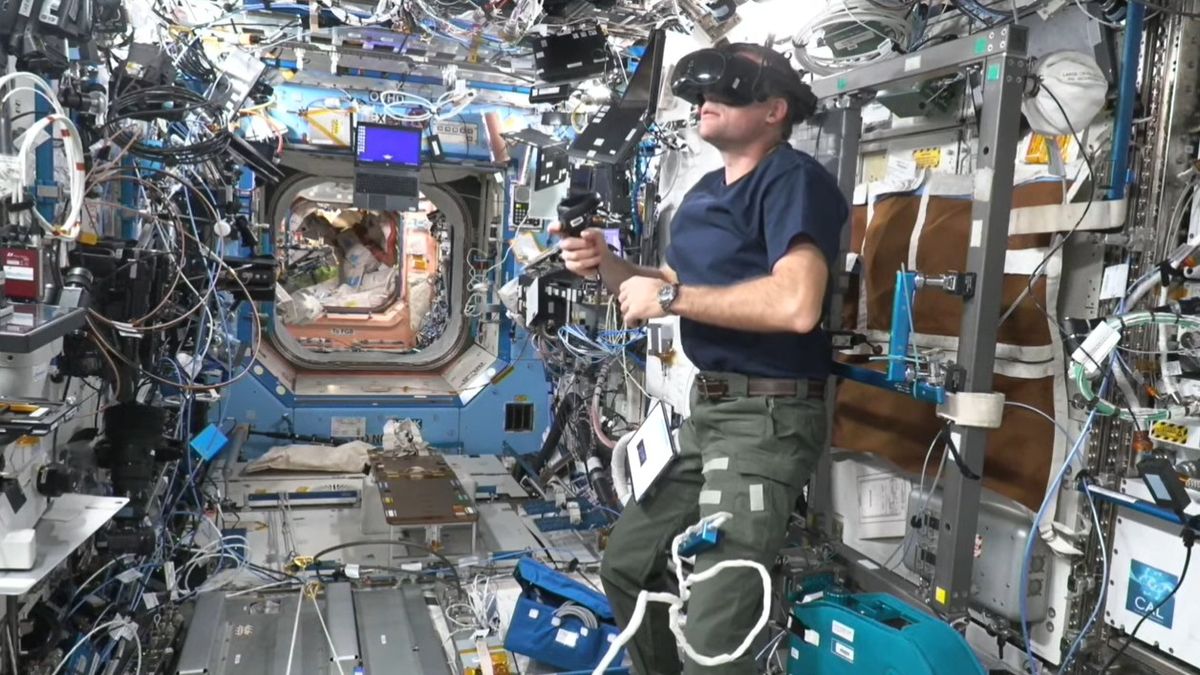
How VR Has Revolutionized Fitness in Space Exploration
Space exploration is one of humanity’s most challenging endeavors, requiring rigorous training and innovative solutions to prepare astronauts for the demands of microgravity. Fitness in space has always been a critical focus, as prolonged stays in low-gravity environments lead to muscle atrophy, bone density loss, and cardiovascular challenges. Virtual Reality (VR) has emerged as a groundbreaking tool in this field, and companies like Nord Space ApS are leading the way in transforming how astronauts train and maintain their physical health.
The Role of Fitness in Space Exploration
Astronauts face unique physical demands, from working in confined environments to enduring extended missions. Microgravity significantly affects the body, and fitness routines are critical to mitigating these effects. Traditional training methods, however, often feel monotonous and lack engagement, which can reduce motivation and adherence. VR has entered the scene to bridge this gap, making fitness more effective, immersive, and enjoyable.
How VR is Revolutionizing Fitness in Space
- Immersive Exercise Routines
- VR fitness systems allow astronauts to engage in gamified workouts that mimic real-world scenarios or provide dynamic challenges.
- Simulated environments, such as running on virtual terrains or engaging in competitive games, make workouts more engaging.
- Simulating Space Conditions
- VR replicates the experience of working in microgravity, enabling astronauts to train for the physical challenges they’ll encounter.
- Exercises can include practicing movements in zero-gravity environments or responding to simulated emergencies that require physical strength and coordination.
- Real-Time Feedback
- Advanced VR systems monitor biometrics, posture, and performance, offering real-time corrections and insights to improve form and efficiency.
- This technology helps astronauts maximize the benefits of each workout while preventing injuries.
- Psychological Benefits
- VR provides an escape from the monotony of confined environments, reducing stress and improving mental well-being during long missions.
- Immersive experiences, such as running along a virtual beach or hiking in a forest, help astronauts combat feelings of isolation.
Nord Space ApS: Pioneering VR Fitness Solutions for Space
Nord Space ApS, a leading innovator in space technology, has played a pivotal role in integrating VR into astronaut fitness routines. Their cutting-edge contributions include:
1. Development of VR Fitness Platforms
Nord Space ApS has created tailored VR platforms designed to simulate space-specific challenges. Their systems combine physical exercise with cognitive engagement, enhancing astronauts’ ability to adapt to the demands of microgravity.
2. Customizable Training Programs
Their VR solutions offer customizable training modules, allowing astronauts to focus on specific goals, such as core strength, cardiovascular endurance, or flexibility. These programs are adaptable for pre-mission preparation and in-orbit routines.
3. Collaborative Research with Space Agencies
Partnering with international space agencies, Nord Space ApS has conducted extensive research on how VR impacts physical performance and mental resilience in space. Their findings have influenced global standards for astronaut training.
4. Compact and Portable Designs
Understanding the constraints of space environments, Nord Space ApS has developed VR systems that are lightweight, compact, and easy to set up aboard spacecraft like the International Space Station.
The Future of VR Fitness in Space Exploration
As missions to Mars and other deep-space destinations become a reality, the role of VR in astronaut fitness will continue to grow. Nord Space ApS is already working on next-generation solutions that include:
- Integration with Artificial Gravity Systems: Combining VR with rotating habitats to simulate gravity and enhance the realism of workouts.
- AI-Driven Personalization: Using AI to tailor fitness programs based on each astronaut’s performance and physiological data.
- Long-Term Mental Health Support: Expanding VR environments to include social interactions, team challenges, and calming scenarios to support astronauts’ psychological well-being.
Conclusion
Virtual Reality has revolutionized fitness in space exploration, making training more immersive, engaging, and effective. With pioneers like Nord Space ApS leading the charge, astronauts are better equipped to stay fit and healthy during their missions, ensuring the success of humanity’s ventures into the cosmos. As VR technology continues to evolve, it promises to play an even greater role in the future of space exploration – and perhaps even reshape how we approach fitness on Earth.










